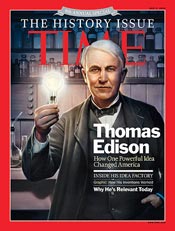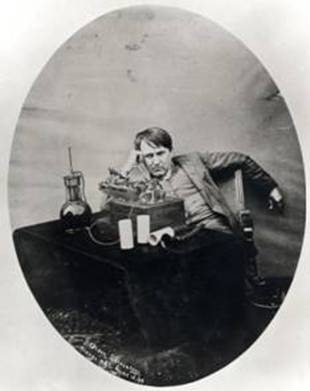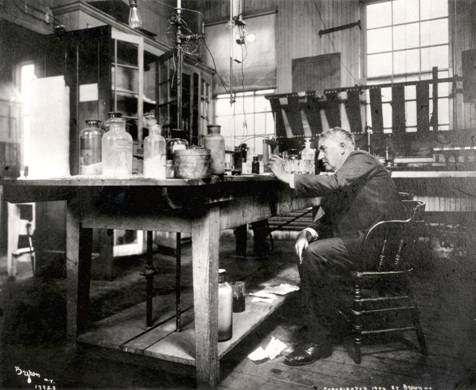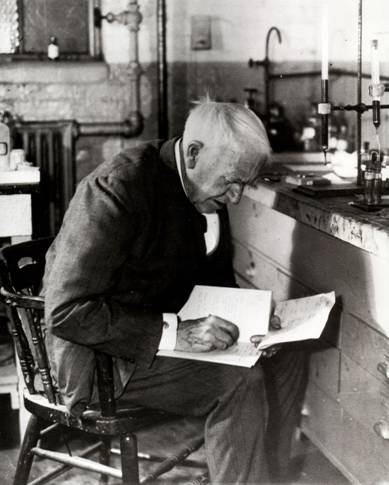Companies and educators try to define creativity and inventiveness. Business gurus and motivational speakers earn lucrative fees by likening it to a series of traits that can be easily identified and exploited. They know that, like Edison, inventors are agents of change and great economic growth; moving the world in new directions, creating wealth and new infrastructure. They are the ones who shift the paradigms, causing earthquakes in the fabric of civilization.
Consider these characteristics of inventors [not in any rank/priority order]:
- Not easily shaken by detractors—persistent in their work
- Passionate about what they do
- Willing to go against accepted thinking
- Visionary and intuitive
- Quantitative and analytical—facile with math
- Not afraid of risk
- Tolerant of ambiguity
- Well developed sense of humor
- Know how to unleash own creative spirit
- Not afraid of failure—willing to learn from it
- Can see the creative links to the arts
- Focused on the future
- See the whole problem and key parts simultaneously
- Can sell their ideas to others
- Builds teams with multi-disciplinary skills to accomplish goals
- Document and protect inventive work
- Solve problems from a multi-dimensional viewpoint.
Edison had his own defining characteristics, but those enumerated above tend to capture most of them. For the great inventor, it was largely the thrill of running to ground the problem at hand, to do something useful for mankind, and to constantly learn new things. These motivations fascinated the man throughout his incredibly productive 84-year life; and probably accounted for why, no matter what field he decided to work in, he was a success – and radically changed that field.
Edison was a man in love with new ideas, someone who never seemed to lose that natural awe we have in childhood. Many of the great scientists who changed the world of physics and chemistry loved to “play” with ideas too-retaining that natural awe of the world. Edison was a man in continual re-birth. What a potion this would make for education at all levels today. Actually, educators are re-discovering the Edison magic, urging kids to think out of the box, like Old Tom did; and to use the STEM [Science, Technology, Engineering, and Math] techniques he pioneered at his legendary West Orange Labs. Edison….ever relevant…ever inspirational.
Editor’s Deep Dive
- http://library.thinkquest.org/
12056/data/needidea.html - http://www.inventorinsights.
com/Mind_of_the_Inventor.html - http://www.
youngbrightmindsandinventorsac ademy.com/articles/Successful- Inventors.html

“I never perfected an invention that I did not think about in terms of the service it might give others… I find out what the world needs, then I proceed to invent…. “
Time ® is a registered trademark of Time Inc.











![[A young Edison demonstrates his phonograph] [A young Edison demonstrates his phonograph]](https://www.edisonmuckers.org/wp-content/uploads/2011/06/image0011.jpg)
![[An early Edison phonograph and typical recorded cylinders] [An early Edison phonograph and typical recorded cylinders]](https://www.edisonmuckers.org/wp-content/uploads/2011/06/image0021.jpg)
![[Edison listens to recording artist Helen Davis accompanied by pianist Victor Young in the laboratory music room in 1912.] [Edison listens to recording artist Helen Davis accompanied by pianist Victor Young in the laboratory music room in 1912.]](https://www.edisonmuckers.org/wp-content/uploads/2011/06/image007.gif)


